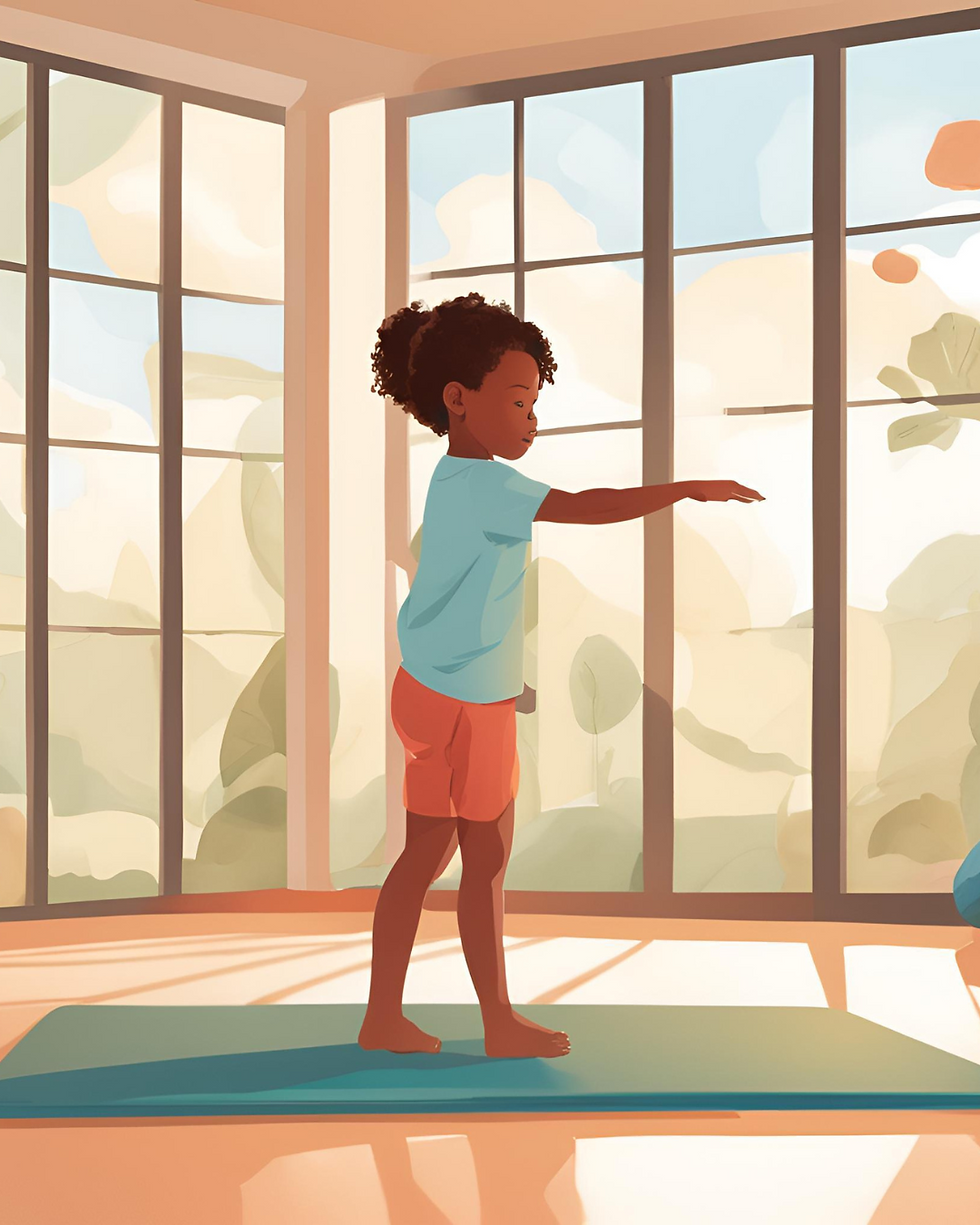
Movement is fundamental to a baby's physical, cognitive, and emotional development. By supporting your baby’s movement milestones, you lay the foundation for lifelong coordination, confidence, and motor skills. As a parent, you can help your baby optimize movement development by focusing on three key principles: preparing the environment, providing movement opportunities, and making time for movement. Here’s how:
1. Prepare the Environment
Creating a safe, stimulating, and accessible environment is the first step in encouraging your baby’s natural desire to move. By thoughtfully arranging the space, you help foster their curiosity and independence.
Open, clutter-free space: Ensure your home has areas that are free from obstacles, where your baby can explore and move freely. A soft rug or mat can provide a safe surface for crawling, rolling, or sitting.
Low, accessible objects: Place items within reach that encourage movement, like soft toys, mirrors, or colorful objects. Babies are naturally drawn to exploring their environment and may be motivated to crawl, reach, or roll towards objects that interest them.
Safe furniture and corners: Baby-proof your home to avoid hazards like sharp corners or low furniture. Consider using soft foam or cushioned padding on edges to ensure your baby can explore without fear of injury.
Variety of surfaces: Different textures underfoot, such as rugs, wooden floors, and soft carpets, allow your baby to practice different types of movements like crawling, standing, and walking, enhancing sensory exploration.
2. Provide Movement Opportunities
Babies thrive when they are given the chance to move freely and explore their physical abilities. Providing a variety of movement opportunities helps them strengthen their muscles, build coordination, and develop body awareness.
Tummy time: This is one of the most important activities for your baby’s movement development. Tummy time strengthens the neck, shoulders, and arms, and prepares them for crawling. Start with short sessions and gradually increase the time as your baby becomes stronger.
Encourage rolling: Encourage your baby to roll over by placing toys just out of reach or gently guiding them. This helps strengthen their core muscles and improves coordination.
Crawling and pulling up: Offer your baby the space and encouragement to crawl, pull themselves up, and eventually take steps. Place objects slightly out of reach or on low surfaces to inspire them to move toward them.
Dancing and rhythm: Playing music and gently swaying or dancing with your baby helps them develop a sense of rhythm, balance, and coordination. Allow them to move freely in your arms or on the floor to experience the joy of movement.
3. Make Time for Movement
In today’s world, we often have busy schedules, but prioritizing time for movement is essential for your baby’s physical development. Allowing your baby time every day to move freely gives them the opportunity to practice and refine their motor skills.
Limit time in equipment: While tools like bouncers or swings are useful for short periods, they restrict movement and should not replace the time your baby spends on the floor. Instead, let your baby spend time on the floor to practice rolling, sitting, and moving freely.
Create a routine: Incorporate movement into your daily routine, whether it’s during playtime, diaper changes, or family walks. Frequent short sessions of active play will keep your baby engaged and give them plenty of opportunities to practice their developing skills.
Outdoor time: Spending time outdoors allows babies to experience a variety of movements on different surfaces. Whether it’s a walk in the stroller or lying on a blanket in the grass, outdoor time helps babies develop balance, strength, and sensory awareness in new environments.
By preparing the environment, providing movement opportunities, and making time for movement, you help optimize your baby’s movement development. These simple steps give your baby the space and encouragement they need to explore their body’s abilities, build physical strength, and develop coordination. As Maria Montessori said, “Movement is the door through which the child passes to independence.” By supporting your baby’s movement milestones, you not only enhance their physical abilities but also foster their confidence and sense of independence.

Commentaires